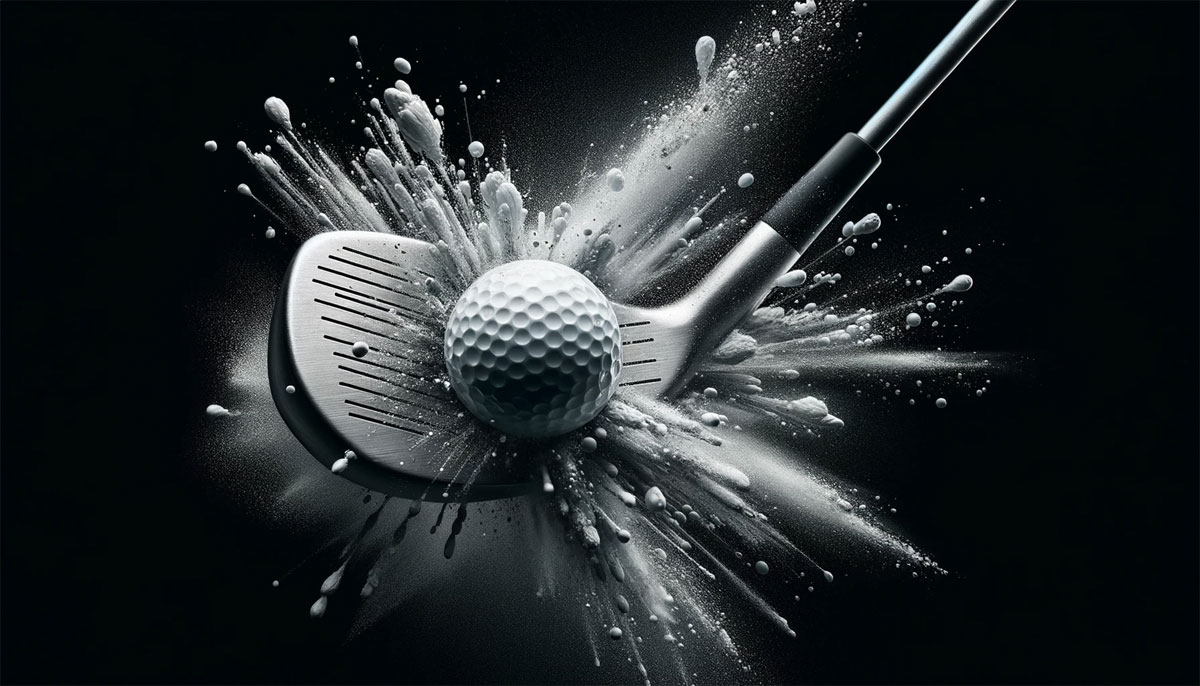
Takeaway: The first and most influential thing that affects where you hit the ball on the clubface is actually the path your clubhead takes as it’s approaching the ball.
One of the best feelings in golf is hitting that one shot exactly where you want. Right in the sweet spot, two grooves up from the leading edge, smack in the middle of the clubface. The ball goes flying farther and gets there faster than most shots you hit in that round. It’s a great feeling.
On the contrary, not hitting the sweet spot is one of the most frustrating things in the game and honestly, one of the things I work on with my students the most. Once someone can square the clubface (meaning the clubface is pointing close to the direction we want it to start), and they can moderately control where the clubhead is moving (right of the target or left of the target), striking the ball in the center becomes very important.
Distance vs Accuracy
Some golf professionals may even argue that it is the most important. I don’t necessarily agree, I just put more value on hitting it straight before we hit it far.
I’m not a fan of horizontal shots or shots that go 45 degrees away from our desired target. I like vertical shots that go up in the air and seem effortless. This article will go over the few factors that influence solid contact.
I’ve given over 14,000 golf lessons in my career and have seen (and hit) my fair share of golf balls. If you have ever hit the ball on the heel (I don’t like the word, “shank”) and someone told you to stand farther away from the ball, you probably have hit a shank immediately after that horrible piece of advice.
It’s similar to missing a free throw short and someone telling you to stand farther away. It doesn’t work.
Where you stand relative to the ball doesn’t influence where you hit the ball on the clubface. Relatively speaking, if you stand so far away from the ball, you don’t have a choice but to miss it, but at this point we’re assuming we have some form of fundamentals.
The first and most influential thing that affects where you hit the ball on the clubface is actually the path your clubhead takes as it’s approaching the ball. This also relates to your hand path, which we will get to below.
Clubhead vs Hand Path
Your clubhead – please note I’m saying clubhead, not clubface – is independent from which direction the face is pointing and does not influence the contact as much as you may think. If the clubhead travels slightly to the right of the target (assuming a right-handed golfer), the likelihood of striking the ball in the center is increased. If the path is towards the left, the heel of the clubhead will tend to get to the ball first and therefore strike the ball on the shaft or the heel.
If your path is too extreme rightward, the tendency will be to strike the ball slightly towards the toe. I feel now would be a good time to mention my preference of hitting a draw, which allows the ball to go farther and fly straighter.
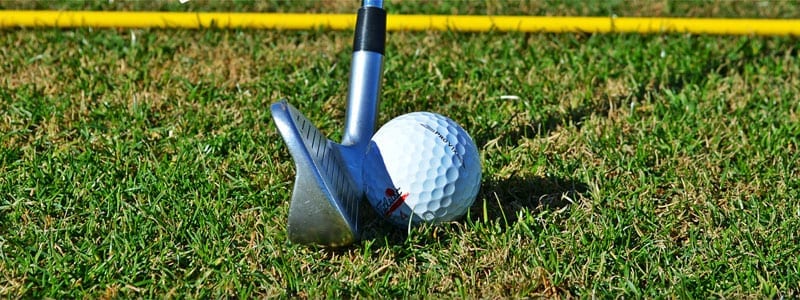
Secondly, your hand path also influences where the club is delivered into the ball. A quick definition of hand path is a simple as it sounds; it’s the path your hands travel as they are moving from slightly outside your right leg, to just past your left leg. If your hands are traveling in an opposite direction from your clubhead, you will be inefficient at striking the ball in the center of the clubface.
Thirdly, the longer you delay when your clubhead releases, the better chance you have at striking the ball in the center. When we have yet to “release” the club, it remains behind (or delayed from) our hands.
As the club moves down, it also moves towards the ball. As you watch the club down the line of the target, it moves right. Once the club moves past the hands and more left, it’s easier to hit on the heel as mentioned before.
Club Angle at Impact
One thing people don’t necessarily think about, and possibly one of the biggest influencers, is the angle the club comes into the golf ball. I don’t mean the angle of attack, and I don’t mean the path. I’m actually referring to how much the toe is pointing down (or up) when it comes into the ball.
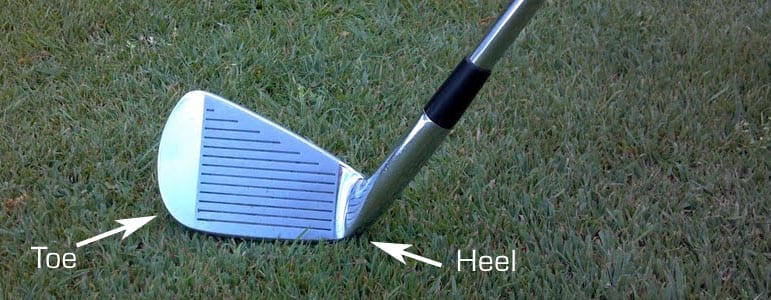 Think of the golf club as a capital letter “L”. If the “L” is tilted on an angle the base of the “L” will be on the ground. If there is no tilt, the “L” is flat. If the “L” is tilted the other direction, the end of the “L” touches the ground. This will define where on the club the ball is most likely to hit.
Think of the golf club as a capital letter “L”. If the “L” is tilted on an angle the base of the “L” will be on the ground. If there is no tilt, the “L” is flat. If the “L” is tilted the other direction, the end of the “L” touches the ground. This will define where on the club the ball is most likely to hit.
If the heel of the golf club is the only thing coming in contact with the ball, that is where you will strike it. If your hands point the toe into the ground, you will tend to hit the ball on the toe.
A great way to practice these things is not to try them all at the same time, but to practice each piece individually. Try hitting the toe of the club by allowing the club to travel extremely to the right. Then practice hitting shots with the toe on the ground only. You can even practice this concept when putting or playing mini golf.
I love to use foot powder spray during my lessons and practice sessions, to confirm where my students may be hitting the ball on the face. When you combine these ideas, you will have the tools it takes to hit the ball in the sweet spot!



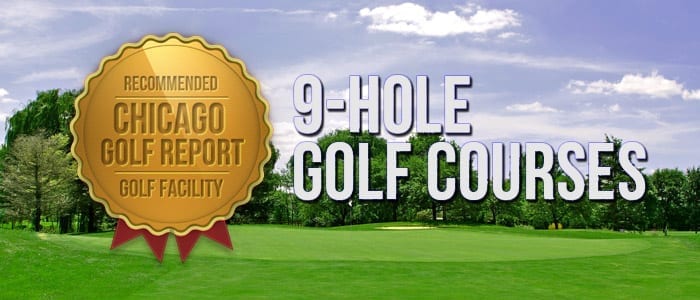
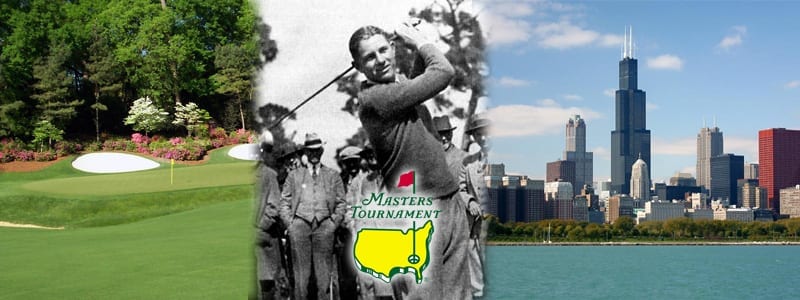
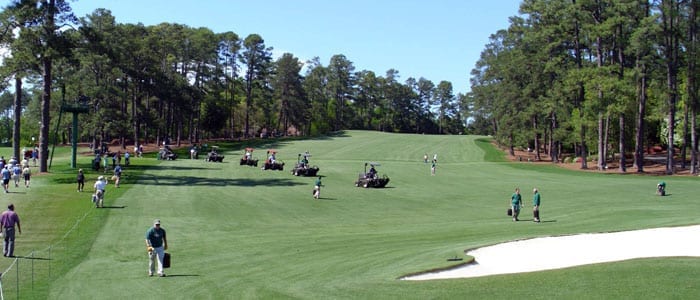
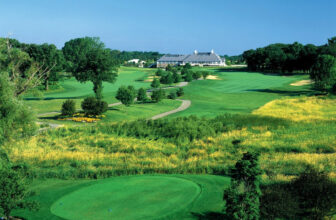

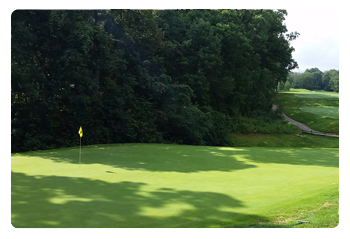 Find a Golf Course
Find a Golf Course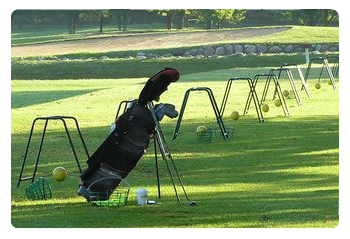 Find a Driving Range
Find a Driving Range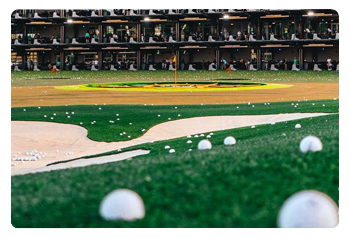 Find a Topgolf
Find a Topgolf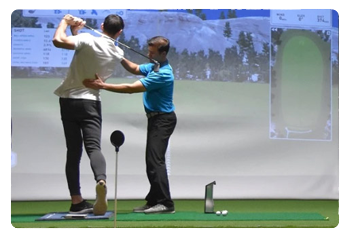 Find a Golf Instructor
Find a Golf Instructor